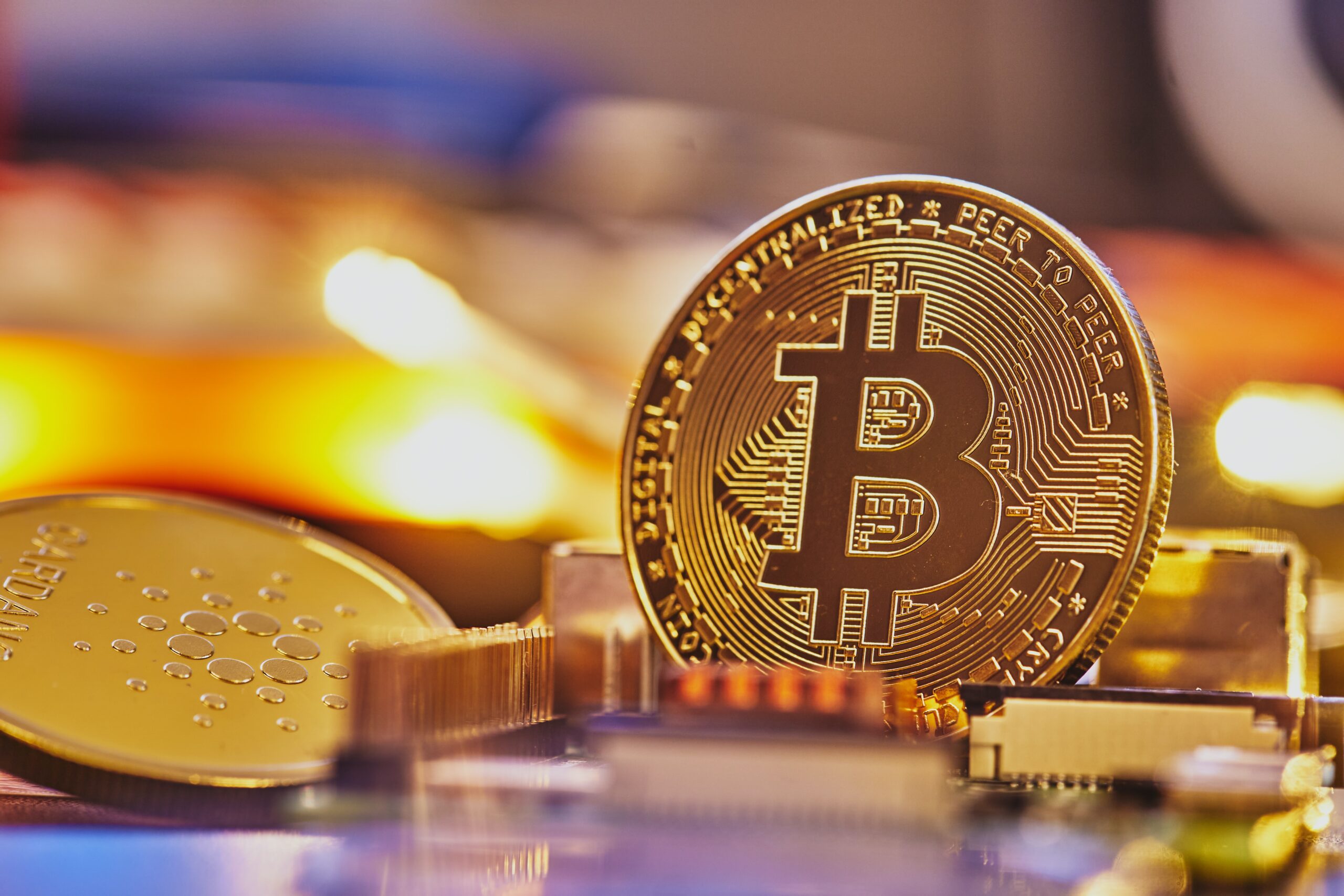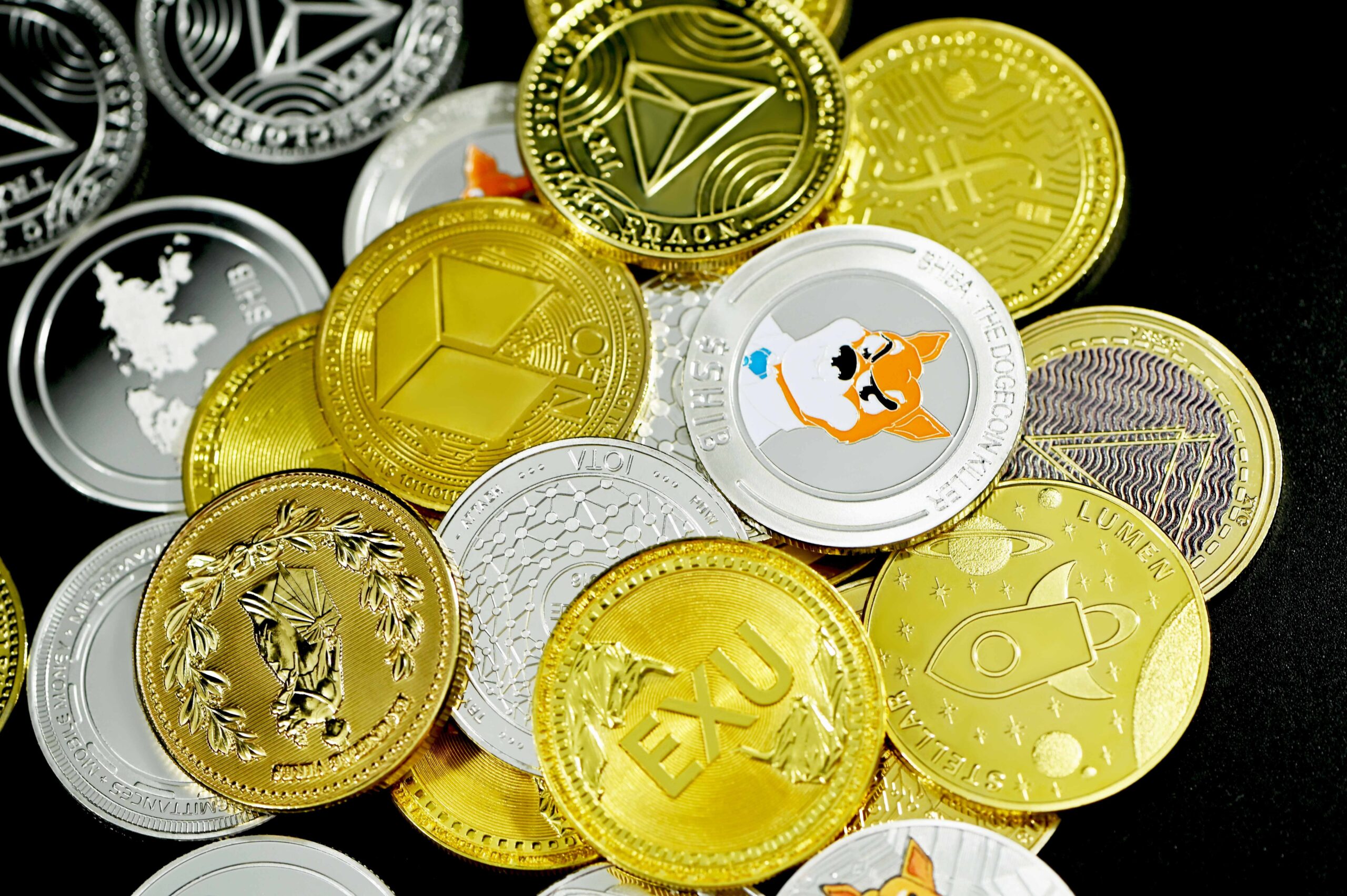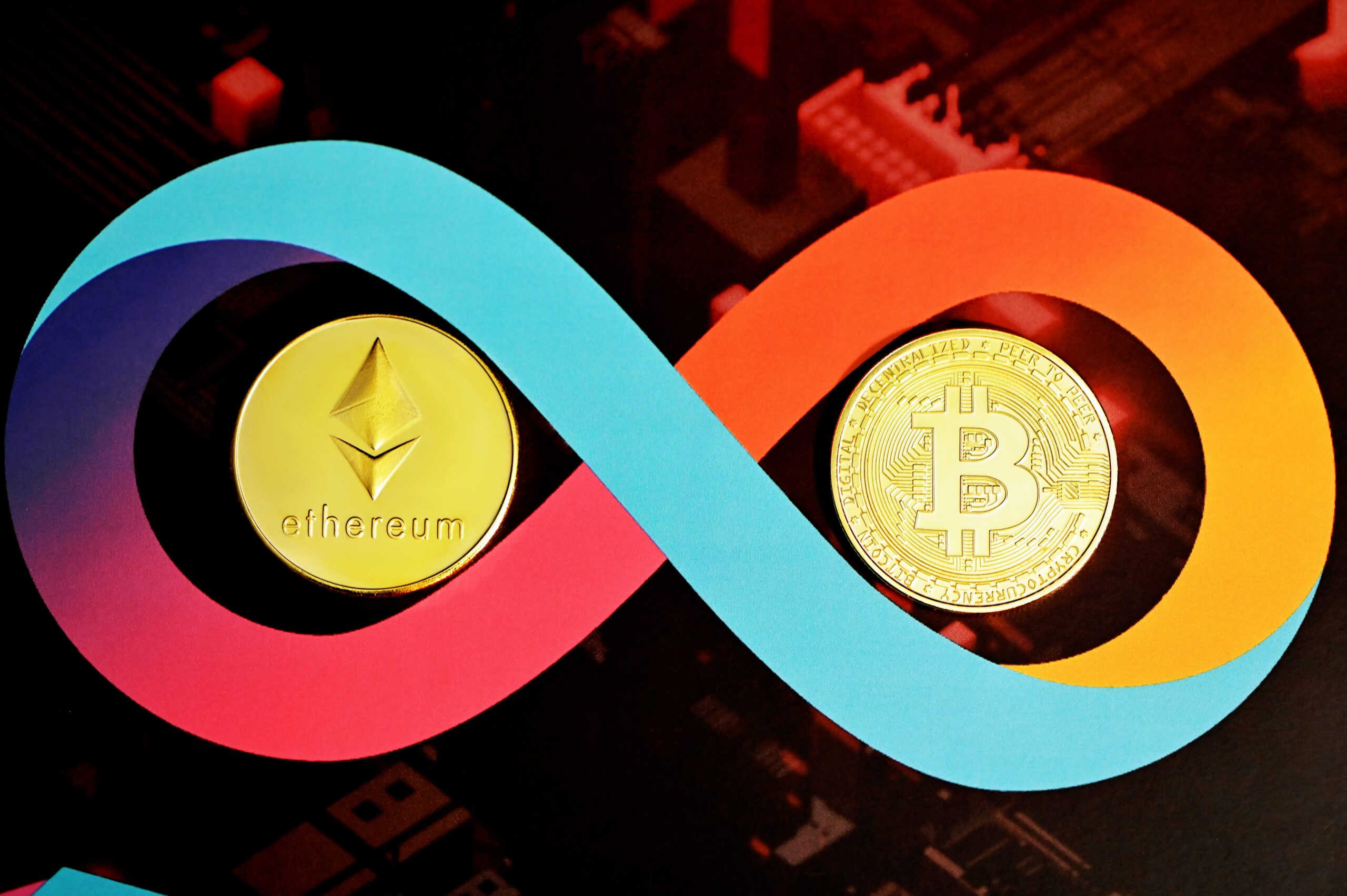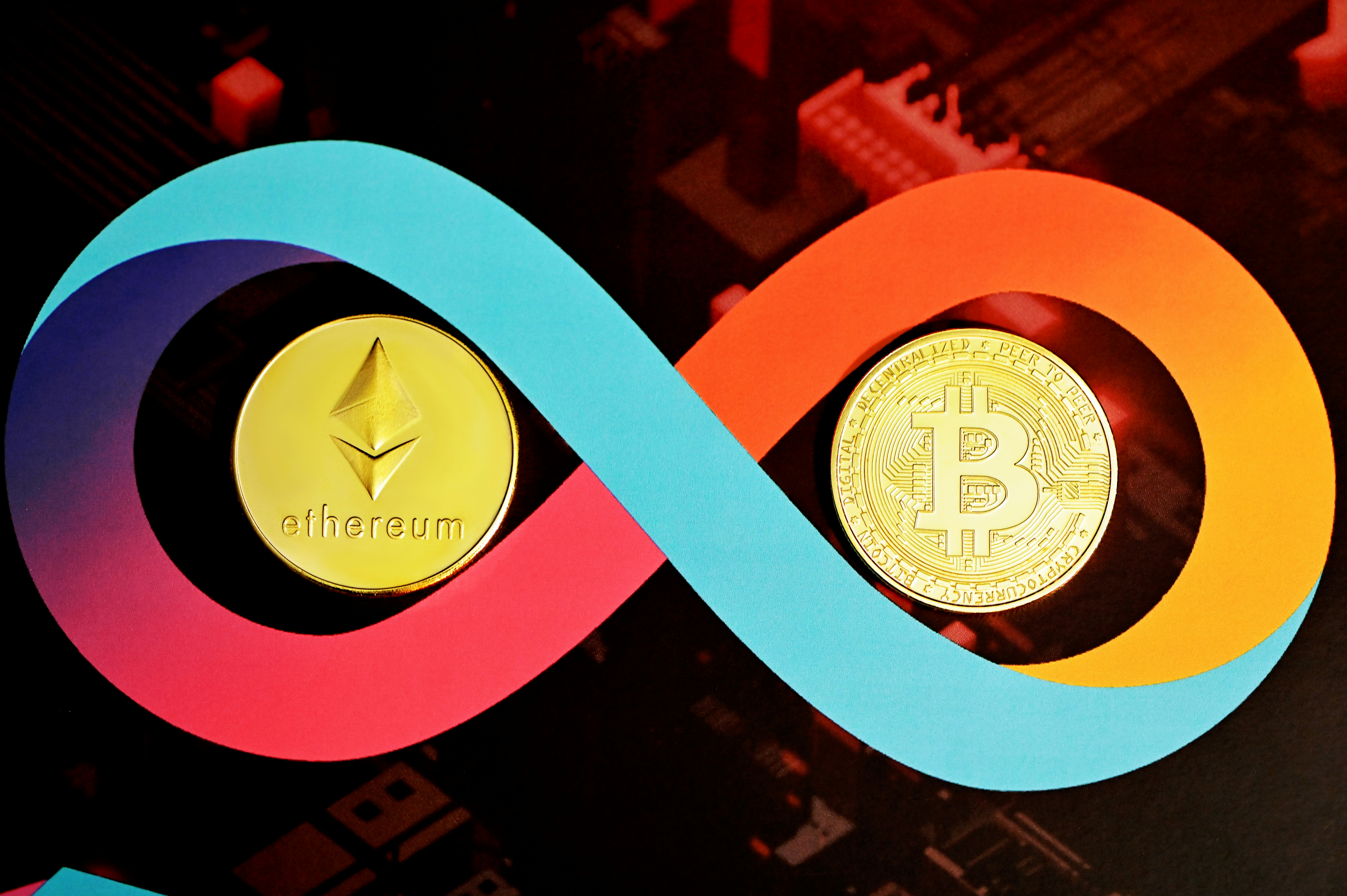Are you interested in the world of cryptocurrency and want to learn more about stablecoins? In this article, we’ll explore three popular stablecoins: USDC, USDT, and DAI. Stablecoins are a type of digital currency that aim to maintain a stable value by being pegged to a reserve asset, such as fiat currency or a commodity. These stablecoins have gained significant attention and adoption within the cryptocurrency space, offering users the benefits of stability and transparency. So, let’s dive into the world of stablecoins and discover how they are making waves in the crypto market.
What are Stablecoins?
Stablecoins are a type of cryptocurrency that is designed to maintain a stable value, typically pegged to a fiat currency like the US dollar. Unlike other cryptocurrencies such as Bitcoin or Ethereum, which experience significant price volatility, stablecoins aim to provide stability and serve as a reliable medium of exchange and store of value.
Definition
Stablecoins are digital assets that are often issued on blockchain platforms, utilizing smart contracts to ensure price stability and maintain a stable value. These coins are usually backed by reserves of fiat currency or other assets, providing confidence in their value. The goal of stablecoins is to combine the advantages of cryptocurrencies, such as fast and borderless transactions, with the stability of traditional fiat currencies.
Types of Stablecoins
There are several types of stablecoins, each employing different mechanisms to maintain their stability. Some of the most popular types include:
Fiat-Collateralized Stablecoins: These stablecoins are backed by reserves of fiat currency, such as the US dollar or euro. For every stablecoin in circulation, there is an equivalent amount of fiat currency held in a bank account or held by a trust.
Crypto-Collateralized Stablecoins: These stablecoins are backed by other cryptocurrencies, typically held as collateral in excess of the stablecoin’s value. The collateralization ratio ensures stability and helps mitigate the risk of price fluctuations.
Algorithmic Stablecoins: Algorithmic stablecoins use a combination of algorithms, smart contracts, and market mechanisms to maintain stability. Their value is often derived from a basket of assets or through supply and demand dynamics.
Commodity-Backed Stablecoins: These stablecoins are backed by reserves of physical commodities, such as gold or silver. The value of the stablecoin is tied to the value of the underlying commodity.
Each type of stablecoin has its own unique advantages and challenges, catering to different use cases and preferences within the cryptocurrency ecosystem.
USDC (USD Coin)
Overview
USDC, also known as USD Coin, is one of the most prominent fiat-collateralized stablecoins in the cryptocurrency market. It was launched in 2018 as a joint effort between Circle and Coinbase. USDC is designed to provide stability by maintaining a 1:1 ratio with the US dollar, ensuring that each USDC token represents one US dollar.
How it Works
USDC tokens are issued by Circle after receiving corresponding US dollars from accredited financial institutions. These dollars are held in reserve accounts, which are regularly audited to ensure transparency and maintain the stability of the stablecoin. Users can acquire or redeem USDC through exchanges or wallets that support the token.
Benefits
One of the key benefits of USDC is its transparency and regulatory compliance. Circle, the company behind USDC, is regulated as a money services business in the United States and maintains strict adherence to legal and financial regulations. This provides users with confidence in the stability and legitimacy of the stablecoin.
Additionally, USDC allows for fast and low-cost transactions, making it a suitable option for remittances and cross-border payments. Its integration with various cryptocurrency exchanges and wallets also provides users with easy access to liquidity.
Use Cases
USDC has gained popularity in various use cases within the cryptocurrency ecosystem. It serves as a stable unit of account for traders and investors, enabling them to preserve the value of their assets during periods of high volatility. Additionally, USDC can be used as a medium of exchange in decentralized applications (dApps) and as a stable store of value in DeFi (Decentralized Finance) platforms.
Criticism
One common criticism of USDC and other fiat-collateralized stablecoins is the reliance on centralized control and the need for trust. As the issuer of USDC, Circle maintains control over the reserves and has the ability to freeze or censor transactions. This centralized control goes against the principles of decentralization often associated with cryptocurrencies.
USDT (Tether)
Overview
USDT, or Tether, is one of the earliest and most widely used stablecoins in the cryptocurrency market. It was launched in 2014 and is issued by Tether Limited, a company closely associated with the crypto exchange Bitfinex. USDT is designed to maintain a 1:1 ratio with the US dollar.
How it Works
USDT tokens are issued by Tether Limited, backed by reserves of US dollars and other assets. The company claims to maintain full backing for each USDT token, although there have been concerns and controversies surrounding the transparency and auditability of these reserves. USDT can be acquired or redeemed through various exchanges and wallets that support the token.
Benefits
The main benefit of USDT is its widespread adoption and availability in the cryptocurrency market. It is supported by a large number of exchanges, making it easily tradable and accessible to users. The stability of USDT also provides users with a safe haven during periods of high volatility in other cryptocurrencies.
Use Cases
USDT is primarily used as a trading pair on cryptocurrency exchanges. Many traders prefer to hold their funds in USDT during market downturns to mitigate risk. Additionally, USDT serves as a popular stablecoin for cross-border transactions and remittances due to its global reach and availability.
Criticism
USDT has faced criticism and controversies regarding its transparency and auditability. The company behind USDT, Tether Limited, has been involved in legal disputes and questions have been raised about the legitimacy of its reserves. Concerns over the centralization of control and potential market manipulation have also been raised.
DAI
Overview
DAI is a decentralized stablecoin that operates on the Ethereum blockchain. It was created by MakerDAO, a decentralized autonomous organization, with the goal of providing stability without relying on traditional reserves or a centralized issuer. DAI is designed to maintain a soft peg to the US dollar, aiming for a value of $1 but allowing for slight fluctuations.
How it Works
DAI achieves stability through an innovative mechanism known as “collateralized debt positions” (CDPs). Users can lock up their Ethereum tokens as collateral in a smart contract called a CDP and generate DAI by borrowing against the collateral. To maintain stability, smart contracts automatically liquidate the collateral if the value of the borrowed DAI exceeds the value of the collateral.
Benefits
One of the key benefits of DAI is its decentralized nature. Unlike fiat-collateralized stablecoins, DAI does not rely on a centralized issuer or reserves. This makes DAI resistant to censorship, while providing users with transparency and control over their funds.
Additionally, DAI offers a high degree of programmability and interoperability within the Ethereum ecosystem. It can be used in various DeFi applications, lending platforms, and decentralized exchanges.
Use Cases
DAI is popular among cryptocurrency enthusiasts who value decentralization and the ability to retain control over their funds. It can be used as a stable medium of exchange within the Ethereum ecosystem, facilitating transactions and services without the volatility of other cryptocurrencies. DAI is also used in DeFi protocols for lending, borrowing, and earning interest.
Criticism
One of the criticisms of DAI is its complex collateralization mechanism. The requirement for users to lock up collateral in Ethereum tokens may deter some potential users who are unfamiliar with the process or do not want to take on the risk associated with price volatility. Additionally, the stability of DAI can occasionally deviate from its target value of $1, although this deviation is typically minimal.

Comparison of Stablecoins
Price Stability Mechanisms
When comparing stablecoins, it is essential to analyze the mechanisms they employ to maintain stability. Fiat-collateralized stablecoins like USDC rely on the backing of reserves, ensuring a 1:1 ratio with the fiat currency. Crypto-collateralized stablecoins, like DAI, use smart contracts to manage collateralized debt positions and maintain stability through automated liquidations. Algorithmic stablecoins, on the other hand, employ algorithms and market mechanisms to control the supply and demand dynamics and stabilize the price.
Reserves and Auditing
The transparency and auditability of stablecoins’ reserves play a crucial role in assuring users that the stablecoin is fully backed. Fiat-collateralized stablecoins, such as USDC and USDT, undergo regular audits of their reserves to provide this assurance. However, concerns have been raised in the past regarding the transparency of reserves for stablecoins like USDT. In contrast, decentralized stablecoins like DAI do not rely on traditional reserves but use smart contracts and on-chain collateral to maintain their stability.
Centralization vs Decentralization
The level of centralization or decentralization in stablecoins is an important factor to consider. Fiat-collateralized stablecoins are typically centralized, with an issuer and control over the reserves. This centralization can introduce counterparty risk and potential censorship. In contrast, decentralized stablecoins like DAI operate on blockchain networks and do not rely on a centralized issuer, providing users with more control and eliminating the need for trust in a single entity.
Liquidity and Market Adoption
The liquidity and market adoption of stablecoins determine their usefulness and reliability within the cryptocurrency ecosystem. Stablecoins like USDT, with their widespread adoption and availability on numerous exchanges, offer high liquidity and ease of trading. This liquidity makes them appealing to traders and investors, providing a stable asset to park funds during high volatility in other cryptocurrencies. However, decentralized stablecoins like DAI also offer liquidity, particularly within the Ethereum ecosystem, and are increasingly integrated into various DeFi applications.
Stablecoins and Cryptocurrency Market
Stablecoins as a Safe Haven
One significant role that stablecoins play in the cryptocurrency market is providing users with a safe haven during periods of high volatility. When the prices of other cryptocurrencies are experiencing sharp declines, stablecoins remain relatively stable, preserving the value of users’ assets. Traders and investors often turn to stablecoins like USDT and DAI to park their funds temporarily until market conditions improve.
Integration with Exchanges
Stablecoins have become an integral part of the cryptocurrency exchange ecosystem. They serve as a convenient intermediary for traders and investors to enter and exit positions, as well as for transferring funds between different exchanges. The availability and ease of trading stablecoins on exchanges has significantly contributed to their adoption and popularity.
Trading Pairs
Stablecoins often serve as a base currency for trading pairs with other cryptocurrencies. This allows traders to assess the value of other cryptocurrencies in terms of a stable reference, reducing the cognitive load involved in constant price conversions. By using stablecoins as trading pairs, traders can benefit from lower fees and faster transaction times compared to using traditional fiat currencies.
Regulatory Challenges
The growth of stablecoins has also raised regulatory challenges and scrutiny from governments and financial institutions. Due to their peg to fiat currencies, stablecoins can potentially function as virtual currencies with the advantages of cryptocurrencies but without the regulatory oversight and control associated with traditional money transmission. This has led to discussions around the need for regulatory frameworks and adherence to anti-money laundering (AML) and know-your-customer (KYC) requirements.

Challenges and Risks with Stablecoins
Centralized Control and Trust
One of the primary concerns with fiat-collateralized stablecoins is the centralization of control and the need for trust in the issuer. Stablecoins like USDC and USDT are issued by centralized entities, which raises concerns about potential censorship and the application of external pressures. Users must trust that the stablecoin issuer holds sufficient reserves and that their funds will be available for redemption.
Regulatory Scrutiny
Stablecoins have drawn regulatory scrutiny globally, as governments and financial institutions assess their potential impact on the traditional financial system. The lack of clear regulatory frameworks and the potential for stablecoins to bypass traditional money transmission regulations has raised concerns about financial stability, illicit activities, and consumer protection. Regulatory scrutiny can create uncertainty and challenges for stablecoin projects.
Collateralization and Backing
The stability of collateralized stablecoins relies on the backing of reserves or collateral. Ensuring that the stablecoin is fully backed and transparent about its reserves is essential for maintaining trust and stability. However, concerns have been raised in the past about the transparency and auditability of reserves for some stablecoins. Risk also exists regarding the adequacy of collateralization, especially during extreme market events or downturns.
Smart Contract Vulnerabilities
Decentralized stablecoins like DAI rely on smart contracts to maintain stability. Smart contracts are computer programs that execute predefined actions and are vulnerable to coding errors and hacking attempts. Exploiting vulnerabilities in smart contracts can potentially lead to loss of funds, price instability, and a loss of confidence in the stablecoin. Periodic audits and security assessments are crucial for minimizing these risks.
Future of Stablecoins
Central Bank Digital Currencies (CBDCs)
The emergence of stablecoins has sparked discussions and research on central bank digital currencies (CBDCs). CBDCs are digital representations of a country’s national currency issued and regulated by the central bank. These digital currencies aim to provide the benefits of stablecoins while maintaining control and oversight by central banks. Several countries, including China and Sweden, are actively exploring the development of CBDCs.
DeFi Integration
Decentralized finance (DeFi) has gained significant attention and adoption within the cryptocurrency ecosystem. Stablecoins like DAI have played a crucial role in the growth of DeFi platforms, serving as a stable and programmable currency within various applications, such as lending, borrowing, and yield farming. The integration of stablecoins with DeFi is expected to continue growing and evolving, providing new financial services and opportunities.
Enhanced Privacy and Security
Privacy and security are critical aspects of the cryptocurrency ecosystem. Stablecoins have the potential to incorporate enhanced privacy features, such as zero-knowledge proofs or privacy-focused protocols, to protect user identity and transaction details. Additionally, advancements in blockchain technology and smart contract security can further enhance the security and robustness of stablecoin protocols.
User Adoption
The future of stablecoins depends on user adoption and acceptance. As stablecoins continue to prove their value in terms of stability, speed, and accessibility, more users are likely to utilize them for various purposes. The growth of decentralized applications, increased integration with traditional financial systems, and evolving regulatory frameworks will all play a significant role in shaping the future of stablecoins.
Investing and Trading Strategies
Diversification
Stablecoins can be utilized as part of a diversified investment and trading strategy. By holding stablecoins, investors can reduce their exposure to the volatility of other cryptocurrencies, allowing them to enter and exit positions more efficiently. Diversifying across stablecoins with different mechanisms and pegs can also provide further stability and risk mitigation.
Risk Management
Stablecoins can also be used for risk management purposes. During periods of high market volatility, traders can convert their holdings into stablecoins to preserve their capital and avoid potential losses. This strategy allows for a quick re-entry into the market when conditions stabilize, reducing the overall risk exposure.
Leveraging Stablecoins
Stablecoins can be utilized for leveraging and collateralizing positions. By locking up stablecoins as collateral, borrowers can gain access to additional funds to trade or invest. This strategy can amplify potential gains but also increases the risk, as borrowers are exposed to price fluctuations and potential margin calls.
Arbitrage Opportunities
Stablecoins can provide opportunities for arbitrage due to their stability and global availability. Traders can take advantage of price discrepancies between different exchanges or platforms by buying stablecoins where they are cheaper and selling them at a premium elsewhere. This strategy allows traders to profit from market inefficiencies while minimizing exposure to market volatility.
Conclusion
Stablecoins have emerged as a vital component of the cryptocurrency ecosystem, providing stability, accessibility, and utility. They cater to a wide range of use cases, from trading and investment to remittances and decentralized finance. While different types of stablecoins employ varying mechanisms and face unique challenges, they all contribute to creating a more stable and user-friendly cryptocurrency market.
As regulatory frameworks evolve and technology progresses, stablecoins are likely to witness further innovation and integration. Central bank digital currencies, enhanced privacy features, and increased user adoption are all expected to shape the future of stablecoins. As users become more accustomed to the benefits and stability they offer, stablecoins will continue to play a significant role in the broader adoption and acceptance of cryptocurrencies.


